Entry 6 Day 39 20 November 2024 67°34'19.2''S, 68°7'48''W Travelled: 9254.96 Nautical miles
67°34'19.2''S, 68°7'48''W Travelled: 9254.96 Nautical miles
Land ahoy!
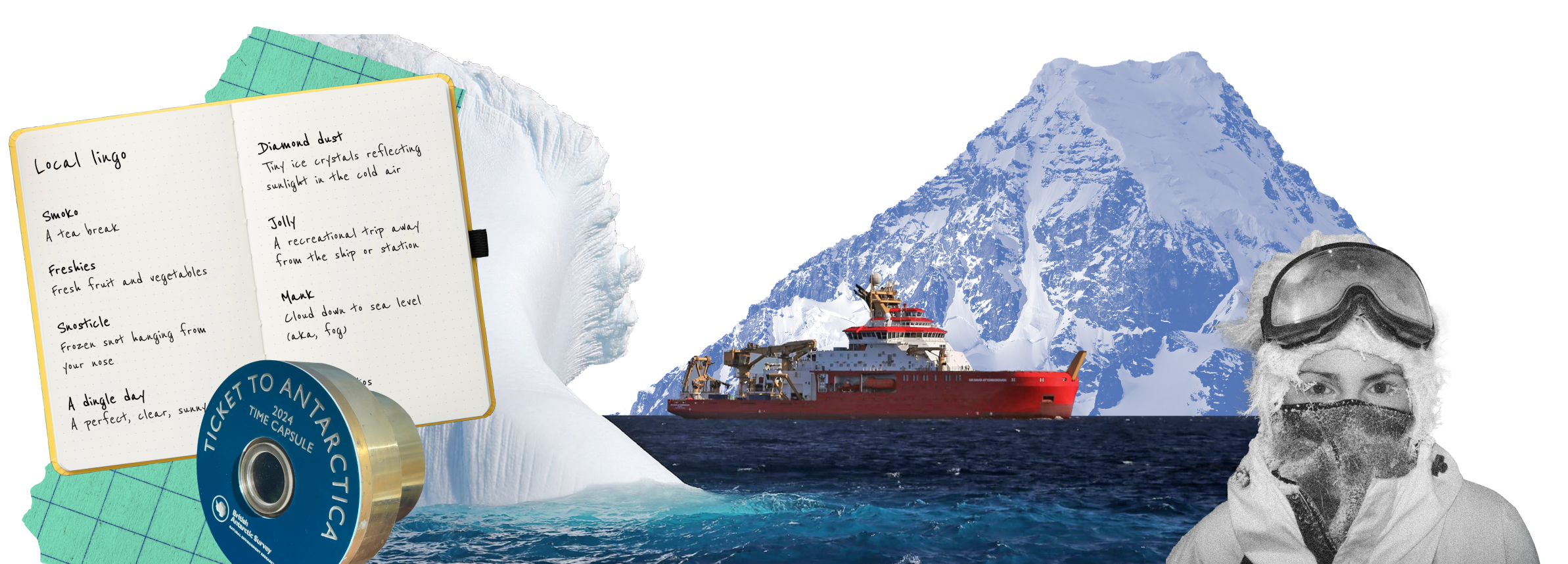
After five weeks, we’ve made it to continental Antarctica and Rothera Research Station.
This is a big moment – your names are in Antarctica! Captain Will Whatley will be handing over the time capsule Aurelia Reichardt, the Station Leader at Rothera Research Station. Check back next week to see photos of the moment your names arrived.
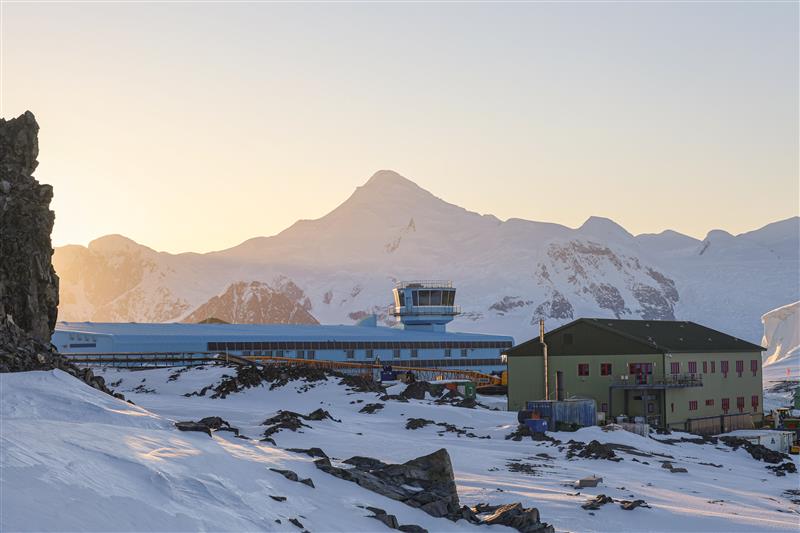
We’ve arrived at Rothera Research Station
Whilst on route to Rothera, the ship celebrated Polar Pride Day 2024. It’s an international day where the polar community celebrates the contribution of our LGBTQ+ colleagues.
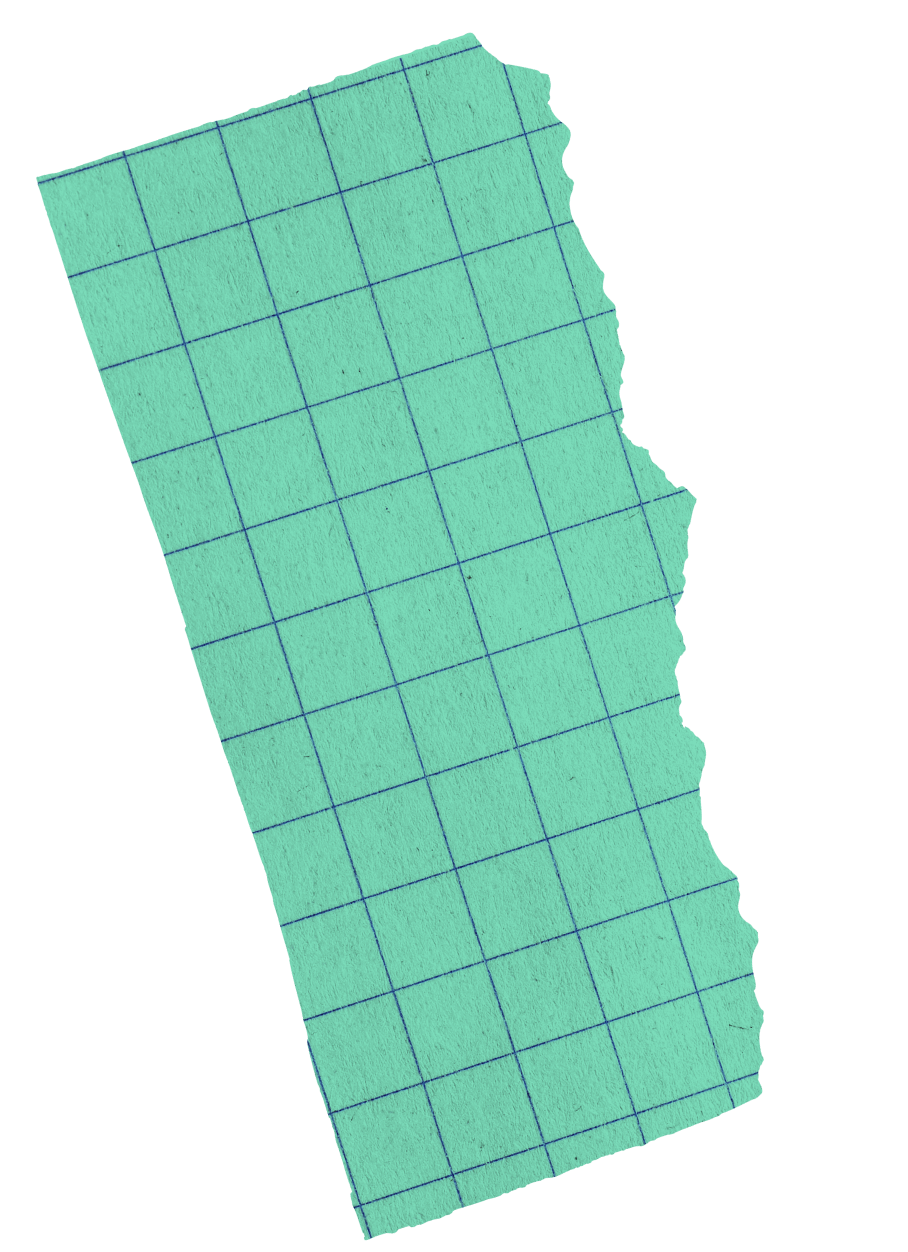
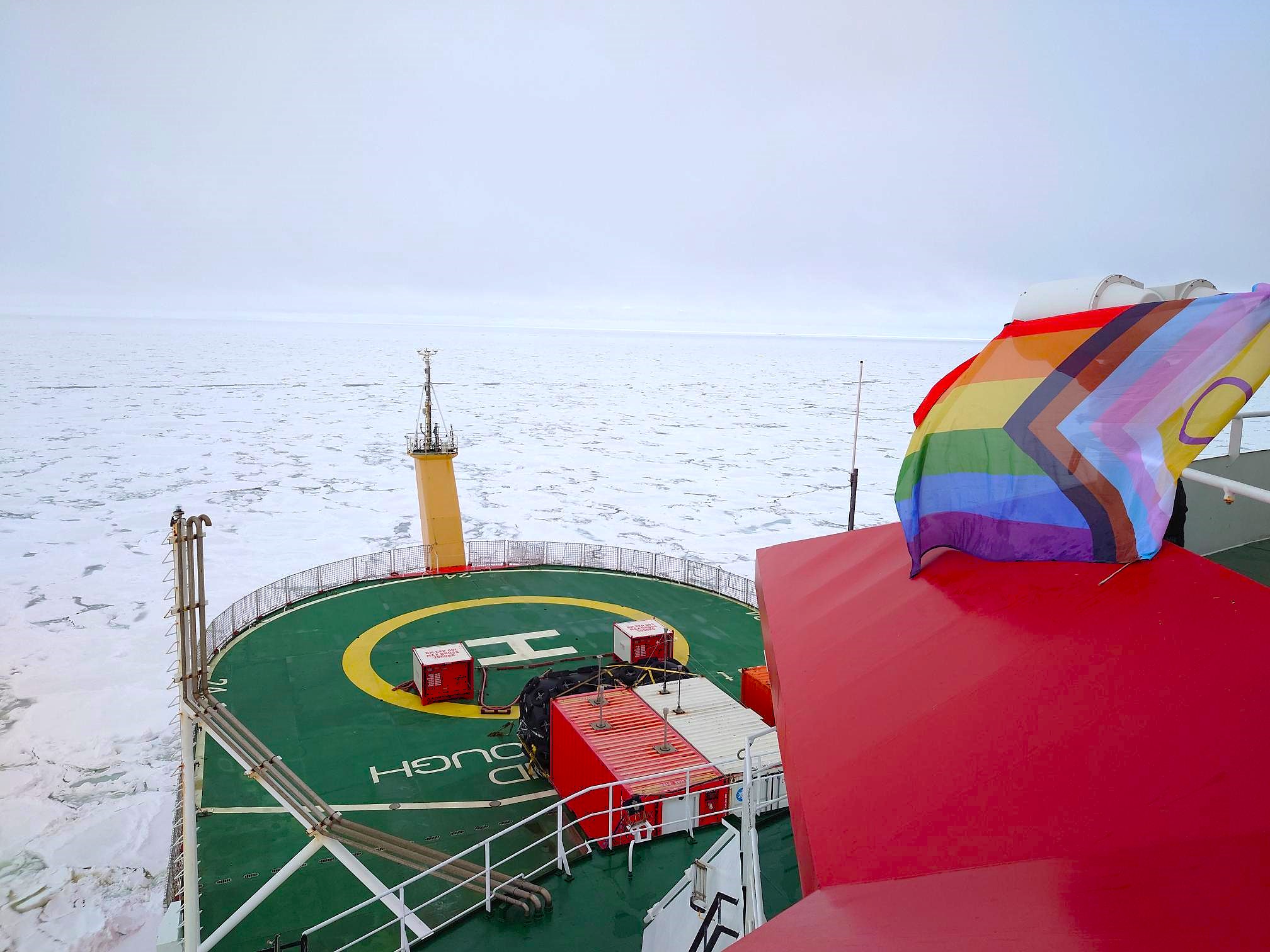 Chris Walton
Chris Walton Did you know… Antarctica is the coldest and windiest of the world’s continents? It sees windspeeds of up to 351 kilometres per hour (218mph). It’s also one of the driest places in the world – in fact, it’s the world’s largest desert.
You can learn more about this amazing continent here.

Did you know?
Antarctica’s thickest ice is at a place called Dome A in East Antarctica. The ice here is 4.8km deep – that’s about as deep as the Alps are high!
Arrival at Rothera Research Station
As you approach Rothera, you can spot mountains and islands before the station itself appears. Rothera is our largest research station – a centre of marine biological research and a gateway for science in the deep field.
It is situated on Adelaide Island, to the west of the Antarctic Peninsula.

Rothera Research Station is on the Antarctic Peninsula
Did you know?
We had to build a new 74-metre wharf at Rothera as the old one was too small for the RRS Sir David Attenborough to berth alongside!
Get to know Rothera with this live lesson.

Explore Rothera
Why don’t you explore Rothera with this virtual tour?
Take a virtual tour – opens in new tab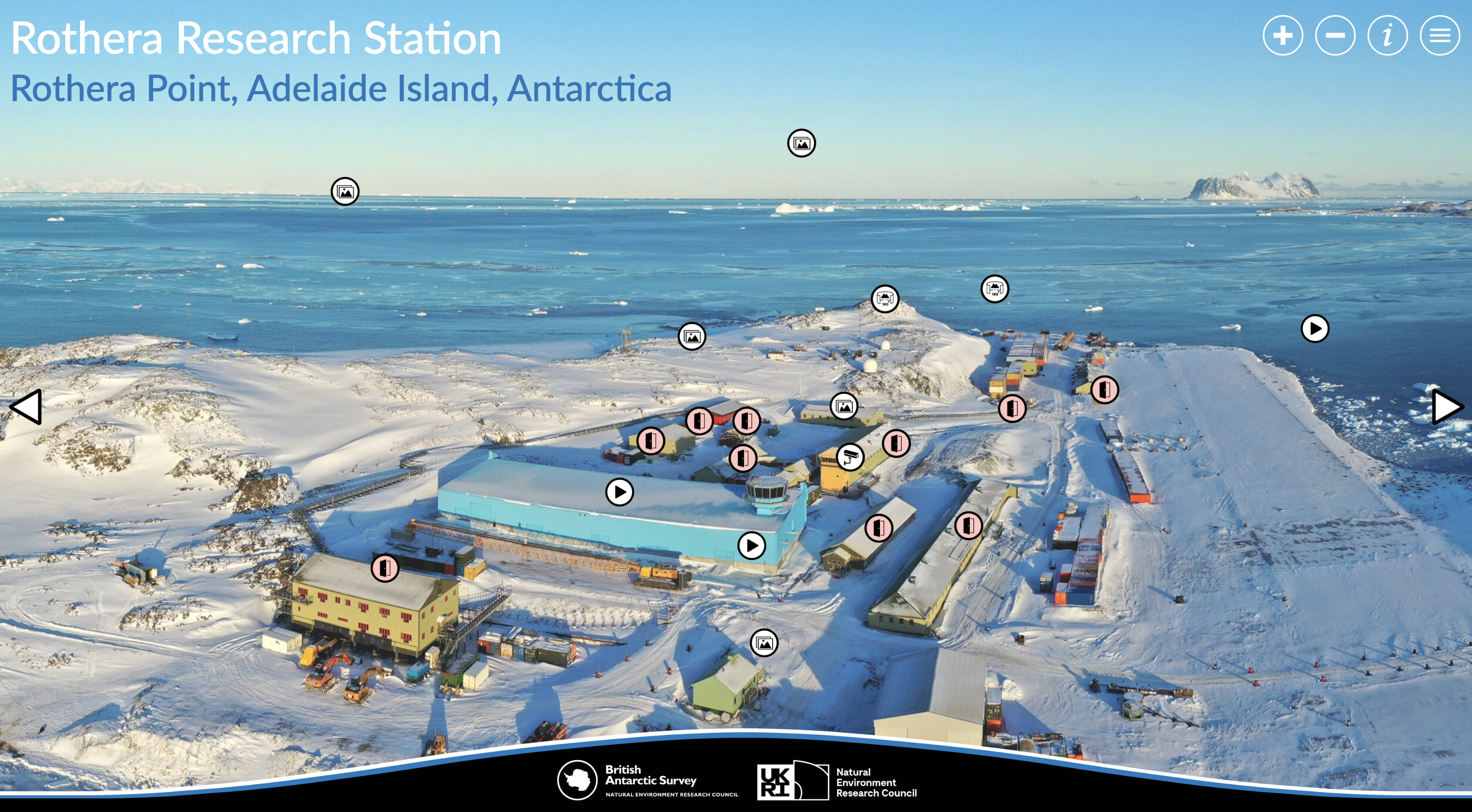
Meet Matt and Aurelia
Last week, you sent us all your questions for Team Rothera. We sat down with Aurelia Reichardt, Station Leader, and Matt Hughes, Tower Supervisor (think logistics and aircraft!) to quiz them on all things Antarctica.
What’s it like to live in Antarctica?
Extreme construction
We’ve almost finished building our brand-new bright blue Discovery Building which will contain everything our scientists and operations teams need to prepare for their work in Rothera – and out in the deep field. It will have a large space to get everything ready for heading out into the field, a medical centre and a gym and climbing wall so our people can keep fit and relax after work.
The Discovery Building includes some nifty technology, and adjusts the energy it needs for the number of people inside. So if there are 10 people in a room, it provides the right amount of fresh air for 10, but if there are just 2, it senses that it needs to provide a smaller amount. Pretty clever right?
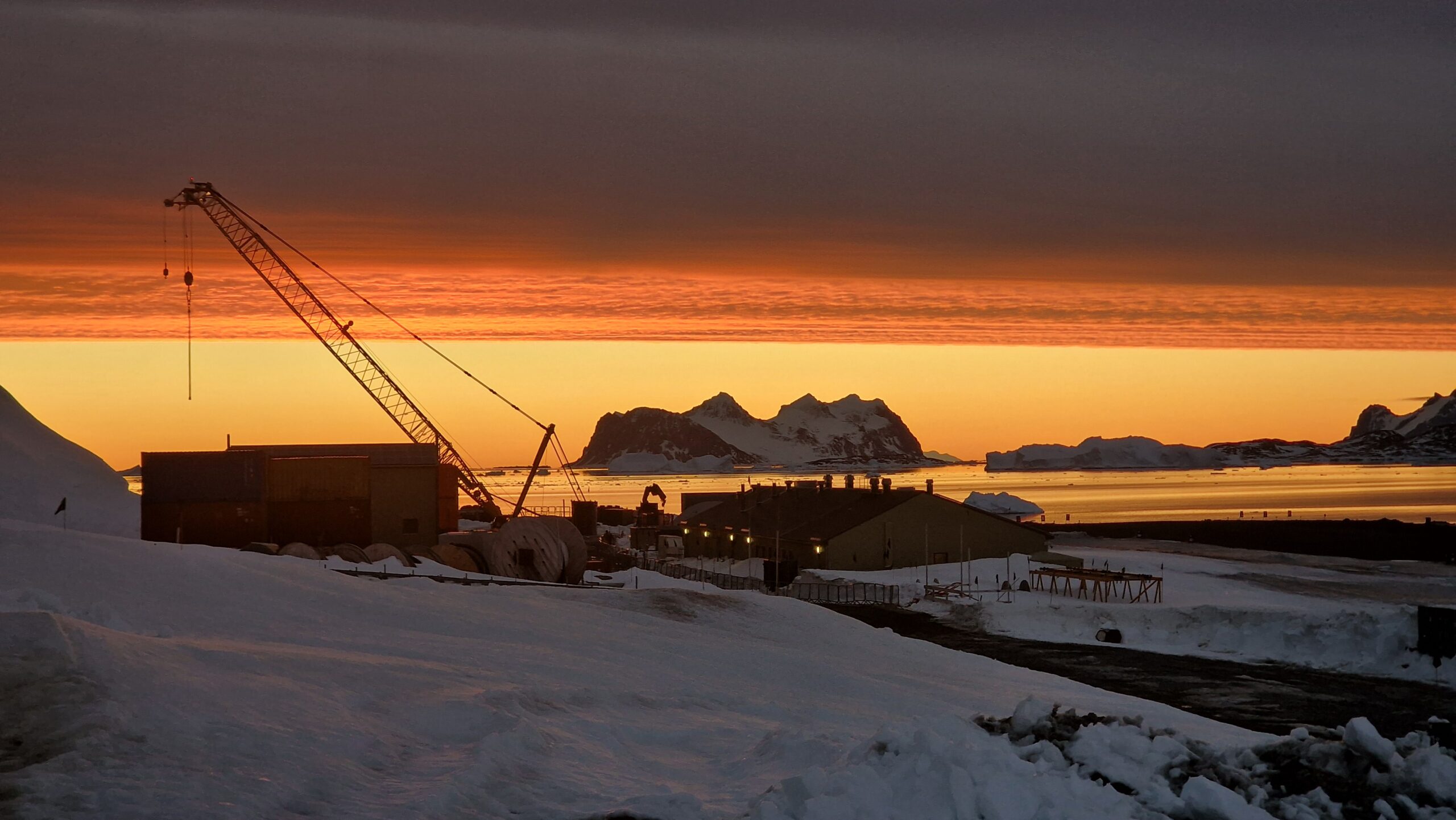
Sunset over Rothera
A great design feature is the long corridor which runs through the entire length of the building – it means you don’t need to spend time taking your boots, hats, gloves and coats on and off. It’s also just one of the ways the building is sustainable – being able to move quickly between different bits of the building helps to minimise heat loss!
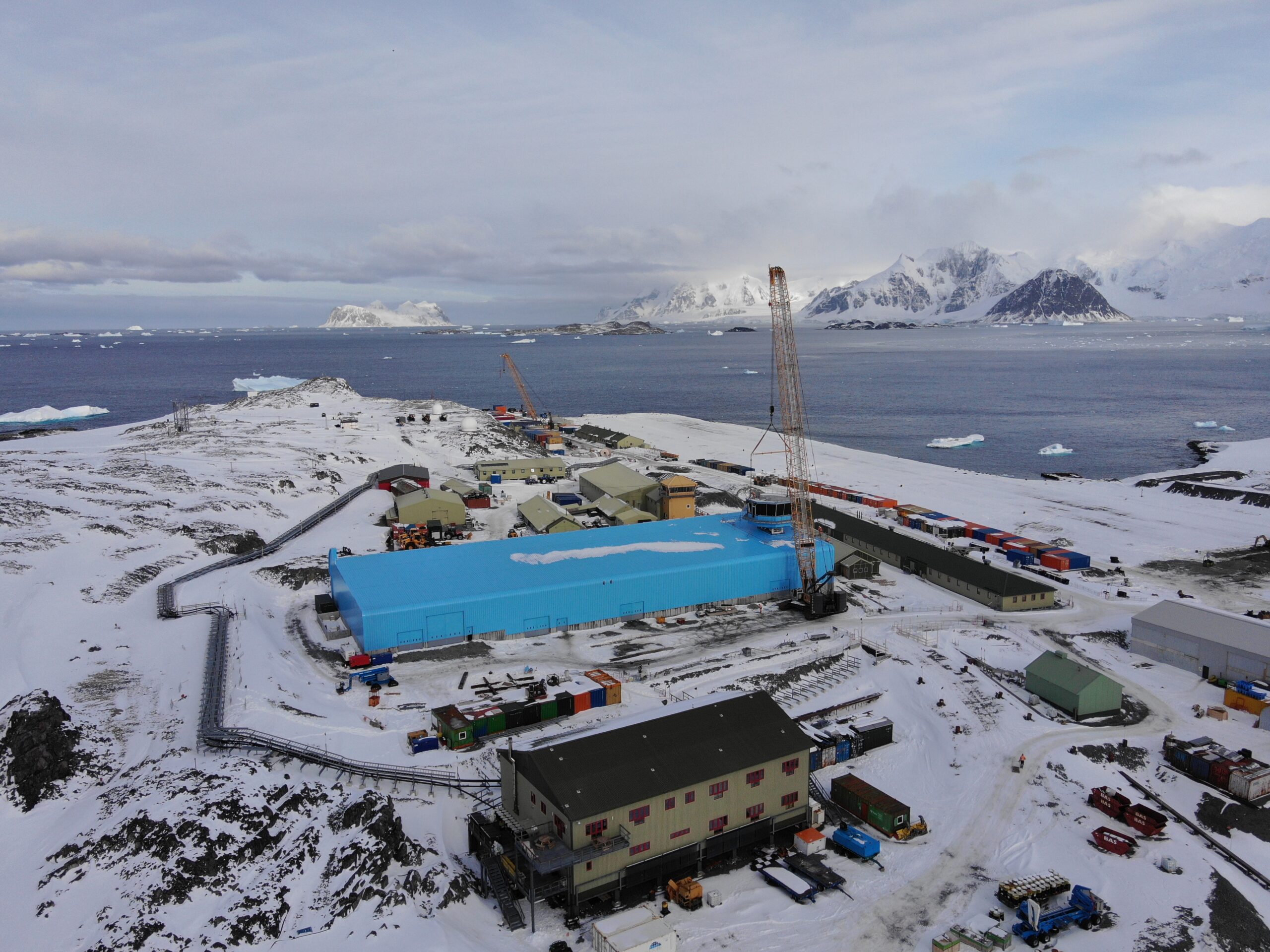 Jake Martin
Jake Martin 
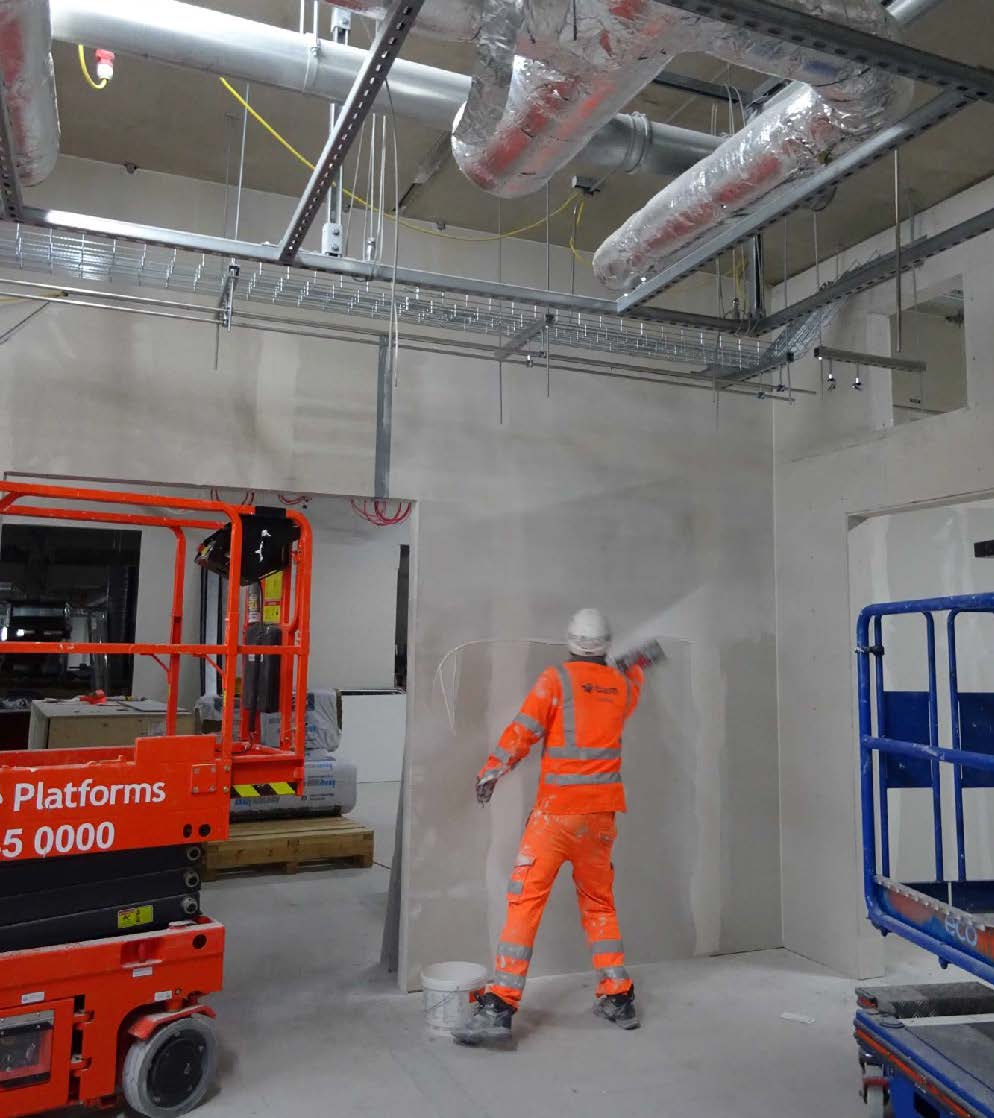
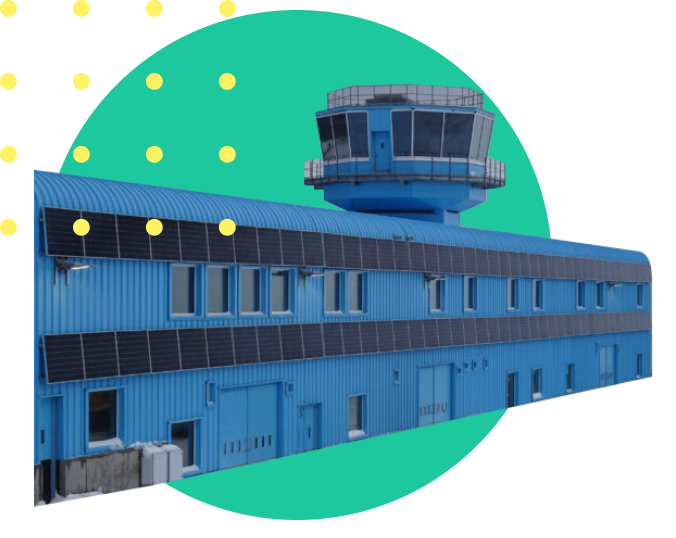
Did you know?
The building is 90m long. It’s designed with wellbeing and health and safety in mind.
We’re building something in the most isolated, remote part of the world. It takes a long time to get there, forgetting something is the last thing you want to do – we can’t pop out to the local DIY store.
David Brand, Senior Project Manager
Look at the new Discovery Building grow!
Learn the lingo
Antarctica has its own language! Every country’s station has their own terms for the uniqueness of Antarctica and some of the things you see and experience there. Here are some of our favourites that you might hear at our stations…
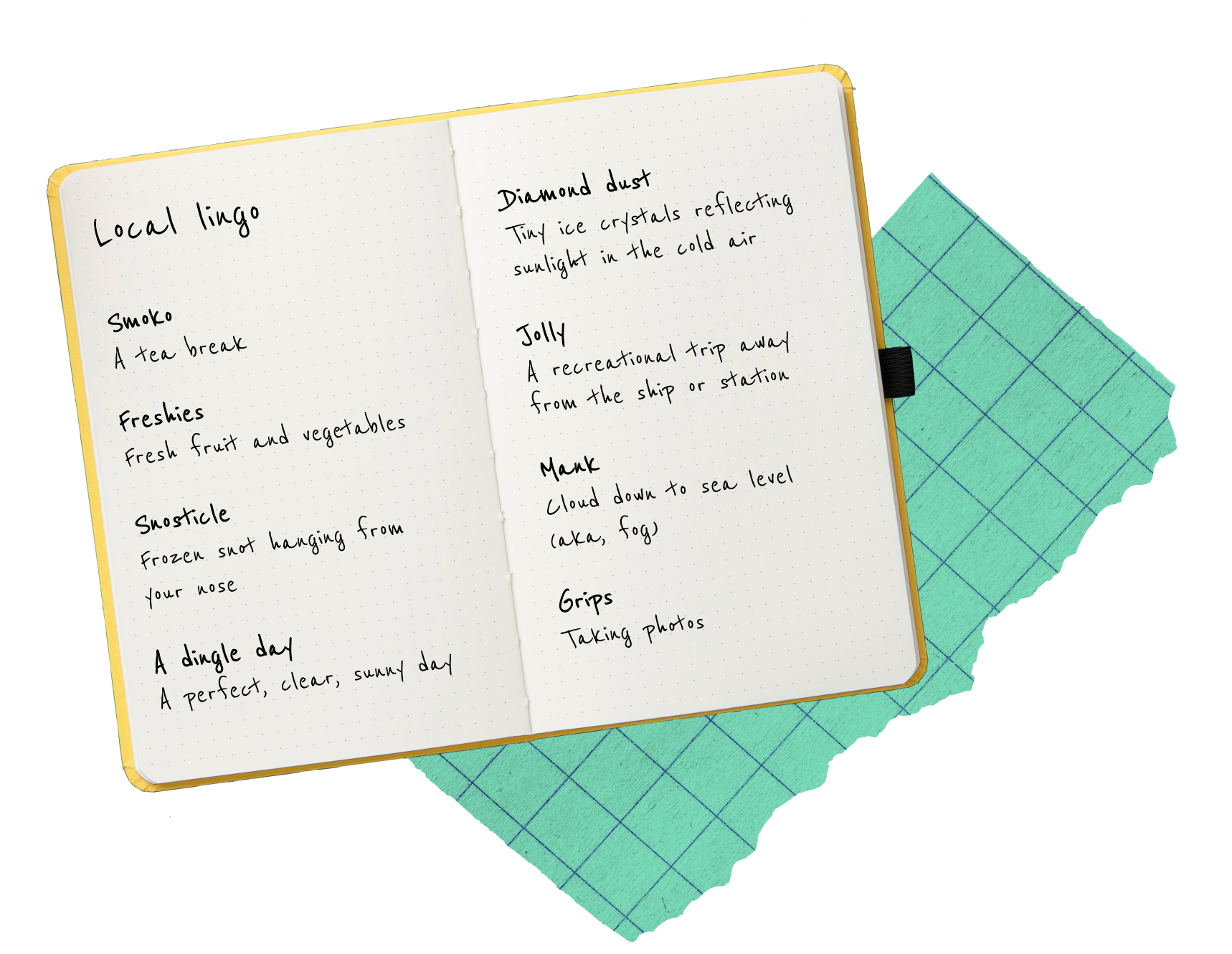
Ice Walking in Rothera
Listen to this wonderful track from The Seventh Continent album – a collection of music featuring and inspired by the sounds of Antarctica. Kat Turner is a PhD student at BAS and recorded many of the sounds you can hear when she travelled this time last year. Then composer, Kim Cunio, created new music!
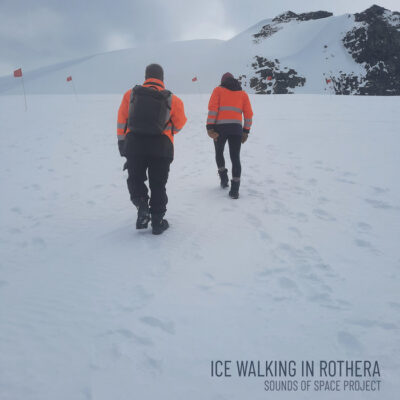
Rothera was our first stop on this incredible journey. It’s a hub of excitement and home to a number of year-long experiments, as well as being a first stop for many deep-field expeditions. It was also our southernmost stop, and the breathtaking beauty of the place left me feeling like a child again enjoying the feeling of walking on crispy snow.
Kat Turner, PhD student and sound recordist

Walking over the ice and snow to Bransfield House
